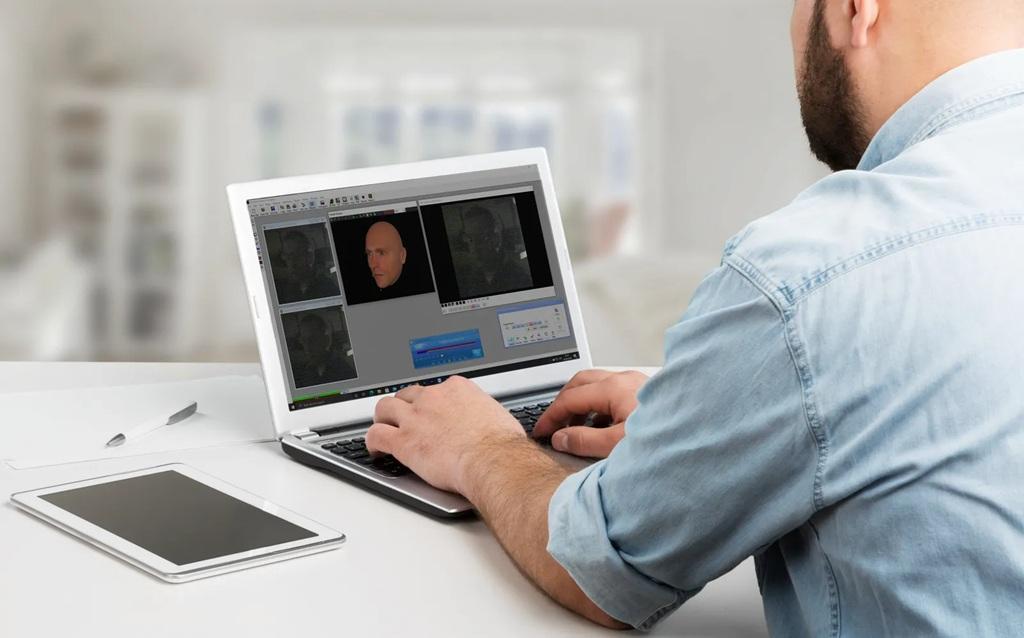The rapid growth of cloud computing has revolutionized how businesses and individuals store, process, and access data. While this digital transformation has enhanced flexibility and scalability, it has also introduced new challenges in digital investigations. Cloud forensics has emerged as a specialized branch of digital forensics that focuses on the identification, preservation, analysis, and presentation of evidence within cloud environments. From security breaches and insider threats to compliance issues, cloud forensics plays a vital role in uncovering the truth in today’s data-driven world.
What is Cloud Forensics?
Cloud forensics is a subset of digital forensics that deals with forensic investigations in cloud computing environments. It involves acquiring and analyzing evidence from cloud-based infrastructures such as Software as a Service (SaaS), Infrastructure as a Service (IaaS), and Platform as a Service (PaaS). Unlike traditional forensics, cloud forensics requires investigators to navigate distributed data storage, multi-tenant systems, and limited access to physical hardware.
Key aspects of cloud forensics include:
-
Data Collection: Gathering evidence from cloud servers, logs, and applications.
-
Chain of Custody: Maintaining integrity of evidence across shared environments.
-
Analysis: Examining data for anomalies, security breaches, or criminal activity.
-
Legal Considerations: Adhering to jurisdictional and compliance regulations.
Importance of Cloud Forensics
The shift to cloud services has amplified the importance of robust forensic practices. Some major reasons include:
-
Cybersecurity Threats – Attackers often exploit cloud vulnerabilities, requiring forensic analysis to trace incidents.
-
Data Breaches – Investigations help determine how breaches occurred and prevent future attacks.
-
Regulatory Compliance – Cloud forensics supports compliance with laws such as GDPR, HIPAA, and PCI DSS.
-
Incident Response – Provides detailed insights into unauthorized access, data manipulation, or insider threats.
-
Litigation Support – Preserves admissible digital evidence for legal proceedings.
Methodologies in Cloud Forensics
1. Identification
The first step is recognizing potential sources of evidence such as activity logs, virtual machines, user accounts, or cloud APIs.
2. Preservation
Data integrity must be preserved through snapshots, secure exports, and cryptographic hashes to ensure evidence is untampered.
3. Collection
Evidence is collected from multiple layers including SaaS platforms, databases, and virtual environments while minimizing disruption to services.
4. Examination and Analysis
Using forensic tools, investigators search for malicious activity, unauthorized access, or unusual network traffic patterns.
5. Reporting and Presentation
Findings are compiled into a report suitable for legal, regulatory, or corporate review, ensuring clarity and technical accuracy.
Challenges in Cloud Forensics
Despite its importance, cloud forensics faces several challenges:
-
Data Location: Cloud data may be stored across multiple regions, complicating jurisdictional issues.
-
Shared Infrastructure: Multi-tenancy environments can make isolating evidence difficult.
-
Limited Control: Investigators often depend on service providers for access to logs and data.
-
Data Volatility: Cloud data can be overwritten or deleted quickly if not preserved promptly.
-
Legal and Privacy Issues: Different countries enforce varying rules on evidence acquisition.
Tools and Techniques for Cloud Forensics
Cloud forensics relies on advanced tools and techniques for efficient investigations, including:
-
Log Analysis Tools – For identifying suspicious login attempts and activity.
-
API Monitoring – To capture and examine communications between cloud resources.
-
Virtual Machine Snapshots – Preserving states of virtualized environments.
-
Network Traffic Analysis – Detecting anomalies in cloud data transfers.
-
Encryption and Decryption Tools – Handling secured datasets without tampering evidence.
Best Practices in Cloud Forensics
-
Establish Clear Policies – Organizations must define incident response and forensic policies tailored to cloud services.
-
Work Closely with Providers – Collaboration with cloud service providers ensures timely and lawful data access.
-
Implement Logging and Monitoring – Continuous monitoring ensures traceability of actions.
-
Use Automation – Automated tools improve accuracy and reduce the time needed for investigations.
-
Regular Training – Forensic teams must stay updated on emerging technologies and evolving attack methods.
Future of Cloud Forensics
As cloud technology advances with AI integration, edge computing, and hybrid cloud adoption, forensic methodologies must adapt. The future will likely see enhanced forensic automation, blockchain-based evidence verification, and standardized global regulations to streamline investigations.
Final Thoughts
Cloud forensics is no longer optional—it is a necessity in a world where digital crimes and cyber threats increasingly target cloud infrastructures. From safeguarding businesses against data breaches to ensuring compliance with international laws, cloud forensics empowers investigators to uncover evidence and maintain trust in digital ecosystems. By understanding its methodologies, challenges, and best practices, organizations can be better prepared for secure cloud adoption and resilient cybersecurity strategies.
FAQs on Cloud Forensics
Q1. How is cloud forensics different from traditional forensics?
Cloud forensics deals with distributed, virtualized environments where evidence is stored remotely, unlike traditional forensics which often involves physical devices.
Q2. What types of evidence can be collected in cloud forensics?
Evidence may include login records, access logs, virtual machine images, file metadata, and communication history.
Q3. What role does encryption play in cloud forensics?
Encryption ensures data security but can pose challenges during forensic investigations if decryption keys are unavailable.
Q4. Can cloud forensic evidence be used in court?
Yes, provided evidence is collected, preserved, and documented following legal and forensic standards.
Q5. What industries benefit most from cloud forensics?
Sectors such as finance, healthcare, e-commerce, and government agencies rely heavily on cloud forensics for data protection and compliance.



